D


.A.R A T N A F A S I





Playing into the discourse on high and low culture, the digital art scene has been critiqued for its use of technology, claiming it interferes with authentic human craft The immersive art of the Digital Artists In Residence suggests otherwise To experience the digital dimensions of the D A R Exhibition and this AR-integrated booklet, follow the easy steps below:
Download the app Black Terminus AR to your smartphone
Open the app and direct the camera towards the artwork/page All AR embedded pages will have a small "AR" icon in the bottom corner
Artificial Reality technology will reveal another layer of digital information, giving rise to a multidimensional art experience


In September of 2021, Nafasi Art Space invited artists working with digital mediums to be part of a five-week residency Aiming to provide a space for digital art in Tanzania, the program offered a unique opportunity for artists from the African continent to explore new ways of creating, distributing and presenting their works.
Together we delved into questions of the digital self, how digital creators can interact with new audiences and creative ways of distributing and selling digital art During the course of the program, we were joined by a handful of experienced guest speakers providing inspiring industry insight and mentoring artists on their creative journey
The incredible works created during the program were exhibited at Nafasi Art Space from October 16th to 30th 2021. In this special edition AR-booklet we have gathered a selection of the works created, along with information and extra material Grab your smartphone and experience the merging of physical and digital, one page at a time, multiple dimensions at once
Technology can be defined as the application of scientific knowledge to the practical aims of human life. What then is art, if not a technology? One may debate this point, especially if they think of science and art as diametric opposites, with logic and reason on one end of a spectrum and expression and emotion on the other However, to suggest that science is purely rational or practical and that art is solely emotive or imaginative would fail to take into account the ways these strategies for exploring and making meaning are - or should be - fluid Science fails when it is not able to be creative and compassionate. Art fails when it is not applicable to our lives, either on a material or metaphysical level.
What we call “science” is not actually the assertion of definite or objective truths, but rather an approach that involves questioning, observing, and experimentation This process also characterizes the work of the contemporary artist, and seems especially true for the artists who participated in the D A R programme, Arafa Hamadi, Benjamin Magori, Kgaugelo Rakgwale, and Kwasi Darko Working in the realm of digital art, the artists in this exhibition explore nuanced distinctions between art as technology and technology as art - creating work that investigates where they converge, diverge, and perhaps even transcend contemporary understandings of the differences between them
In both art and science, we attempt to understand and engage with what is, and also what may be possible In works that re-visit and re-create symbols of freedom, identity, and history, the artworks of the D A R exhibition suggest that the ‘aims of human life’ are here, in the search for connection, sense of self, and embodied expressions of time and place, using whatever tools and technologies that may help us along the way.

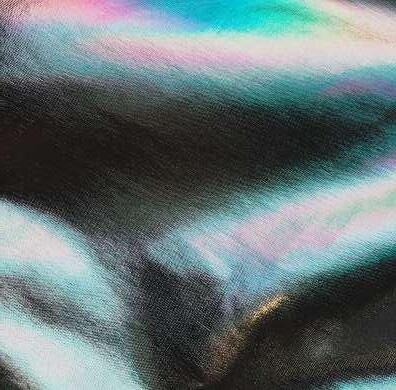 BY
BY
For over a year and a half now the world has been in the grip of a global pandemic. One of the most felt effects of this time has been the restrictions on physical contact and interaction. The response to this, for many, has been an embrace of the digital sphere as a space to come together. However, the opportunities that digital technologies offer for gathering, co-creation and collaboration are not new, and have long featured in the work of many people engaged in creative work. It’s these possibilities that Nafasi Art Space leaned into with the inaugural Digital Artist Residency, bringing together four artists from Tanzania, South Africa, and Ghana, for a series of dialogues and workshops over six weeks, culminating in this exhibition.
The artists in this exhibition are all digital natives, in a sense. Coming of age in a time when the world is arguably more networked than ever before, when the access to information, to places remote from one’s own locale, and communities online is a reality that they have all had to contend with in one way or another. One cannot suggest what their experiences are; but it is clear that each of them has interacted with, and embraced digital creative tools for expression, and the works in this exhibition are testament to this. From nature and the environment, body modification, the distortions of one's ideas of the self, and the place of black folk in grand narratives; each of the artists incorporates digital creative tools in their explorations of subjects that bear personal significance.
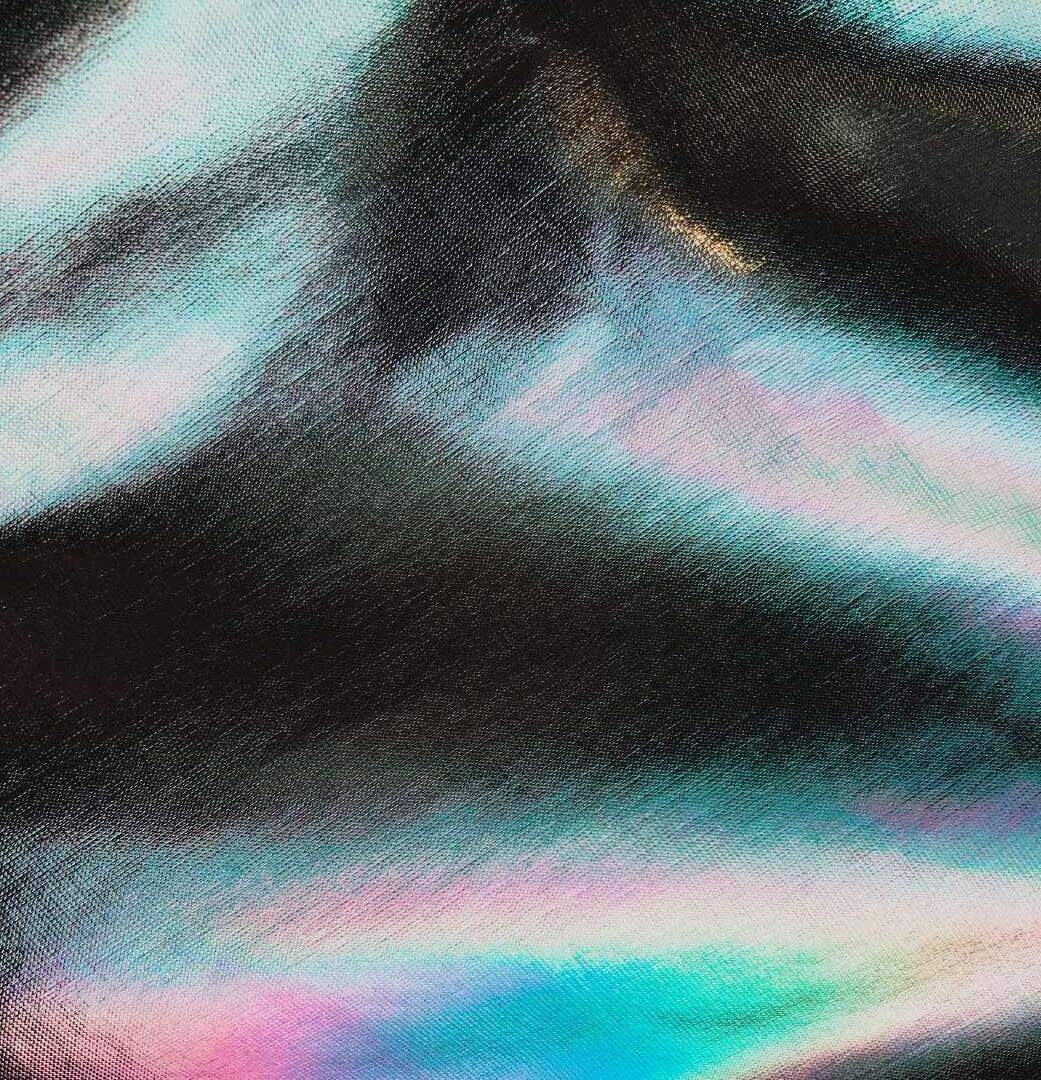

In Kgaugelo Rakgwale’s work we find an attempt to depict the fractures that can emerge in the self and one moves between the digital and physical world. Digital platforms and communities are not just extensions of the physical world, but district social spaces with their own mores, and spaces where the differences in belief and worldview are evident in interactions with one another and with ideas that we encounter there. Rakgwale’s images, relying on the interplay of light and dark, offer us a view of the individual as whole, yet, upon closer inspection, fragmented. Here the artist highlights the effect that maneuvering multiple spaces can have on the psyche, and how parts of ourselves can at certain moments, become divided from the rest of us, and fractures emerge in the whole.
This exploration of the self is present as well in the work of Arafa Hamadi, who delves into the traditions of tattooing and body modification in Tanzania. One’s experience of moving through the word is inextricable from the body, how it is presented and how it is perceived by those around us. Interested in the histories of tattooing, the social significance of these practices and the historical denigration over time of this practice, Hamadi looks to tattooing as a means to celebrate one’s true self. Drawing on imagery and symbols connected to the Swahili/East African Coast, they have developed images of adorned bodies that celebrate our contemporary selves, bearing the marks of one’s life and carrying them with pride.
Benjamin Magory’s interest in interaction between human beings and nature led him to create hybrid creatures whose forms intermingle human figures and the growth patterns of animals. He also looks to the past, to the tragic sinking of the MV Bukoba, and attempts to (re)create an image of the vessel, including those parts hidden under the water. Magory relies on digital technologies to visualise the world around him - both real and imaginary. A 3D designer by profession, Magori has utilised the tools in his arsenal to imagine something beyond what is naturally occurring, leaning into the possibility that these tools offer for worldbuilding.

Kwasi Darko’s entry in this exhibition sees him thinking about the need to see black people depicted and playing central roles in the grand narratives that shape our understanding of the world. For this work, the artist looks to the creation story, the garden of Eden, creating an image of the supposed first two people to exist. In his version, Kwasi casts them as black people, one of whose gender is ambiguous. The use of GIFs as a format further speaks to what has become a kind of shorthand for communication in online communities. For him, the goal is to construct an image of this iconic story that allows for the major roles to be inhabited by people like him, to be able to see oneself in the stories that underpin our perception of the world and our place in it.
Each of the artists in this exhibition demonstrates an interest in connecting the self, and one’s personal idea of themself, to a larger natural and social world. The tools that they rely on for creation, for research, for interaction, and for exchanges about their practices have direct import not just on the work that they produce, but on the way they think about creative work, and the role it plays in their lives. Here we see the digital tools and digital community as means to expand our capacities for creative expressions across time and space.
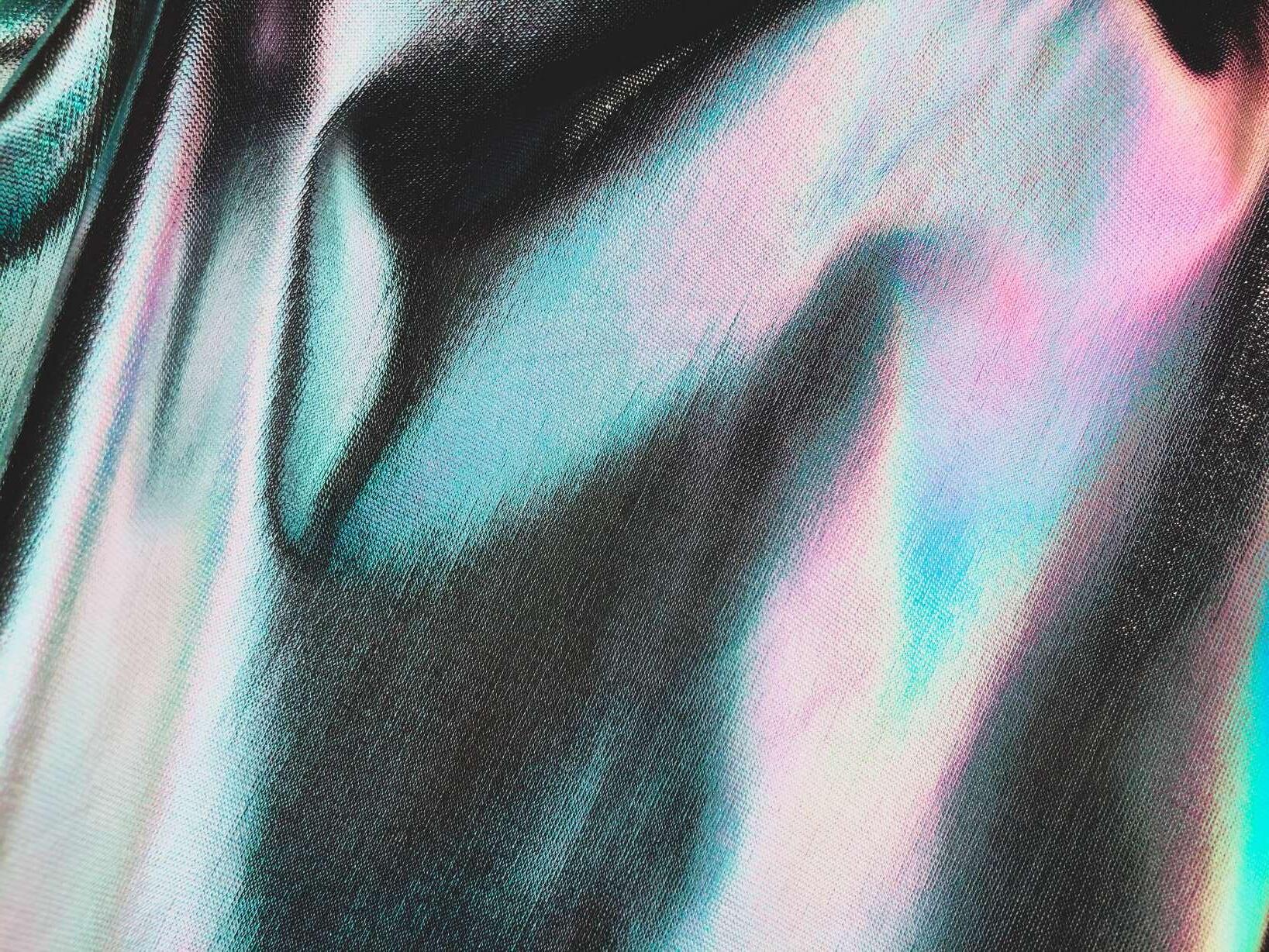
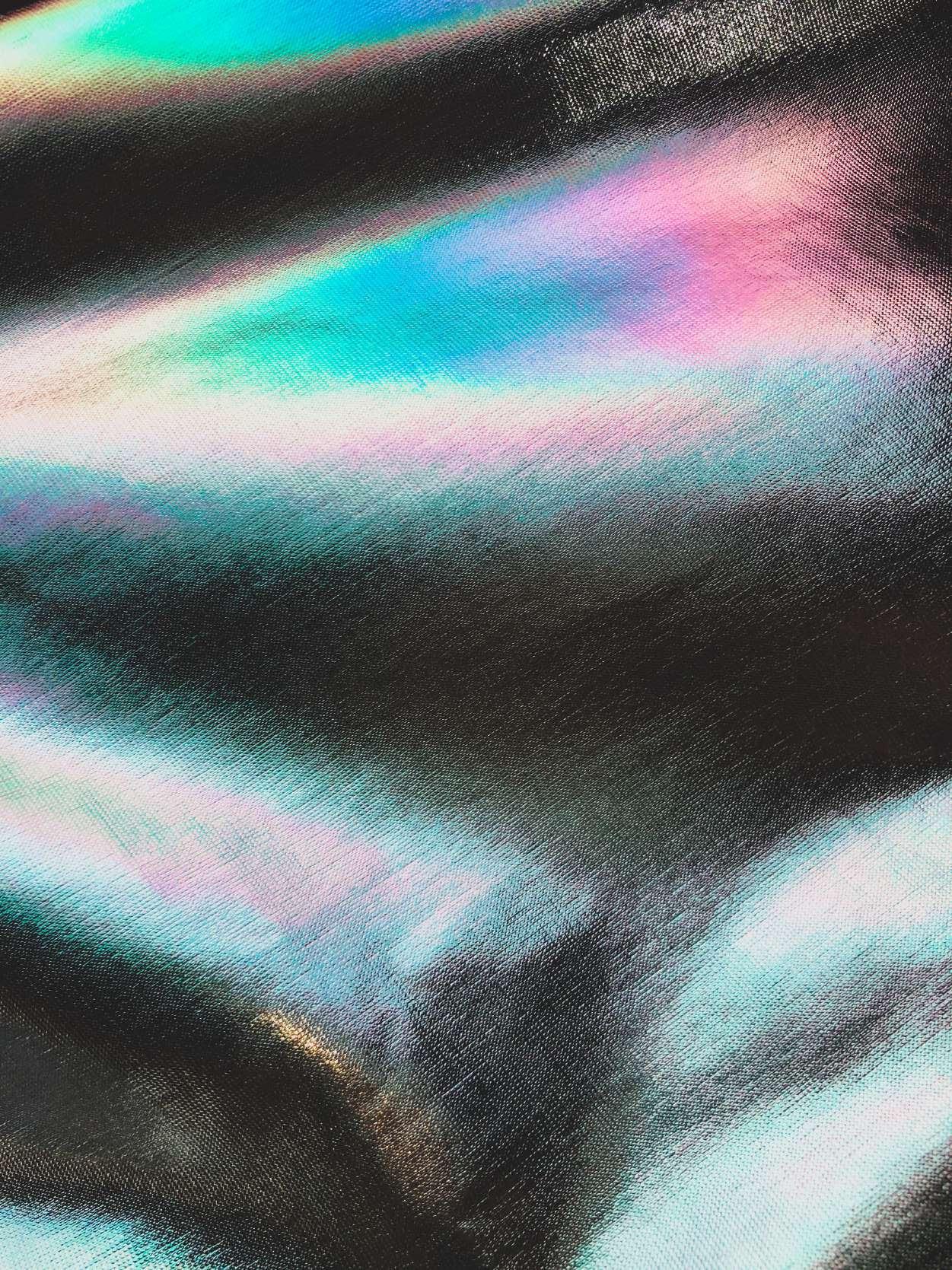

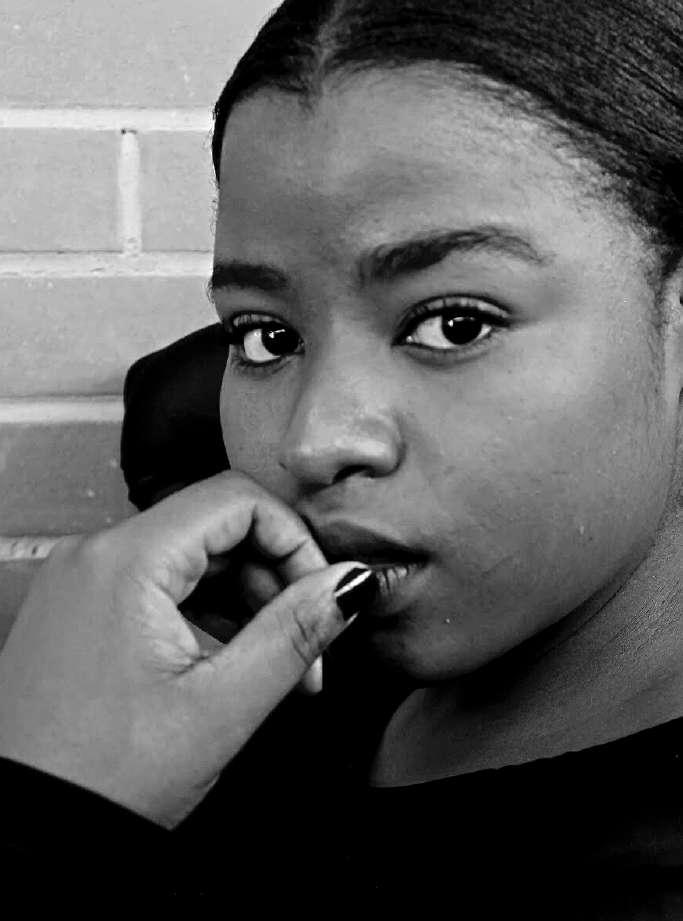
Kgaugelo Rakgwale (she/her) is a Soweto-born self-taught visual artist with a fervor for photography and film which is mostly centered around the ever-evolving state of black womanhood Kgaugelo aims to observe and explore the pseudo-realities of existing during the digital era and the many versions of self that can exist at once, including how the metaverse and augmented reality can form a part of authentic African self expression
@oforthek
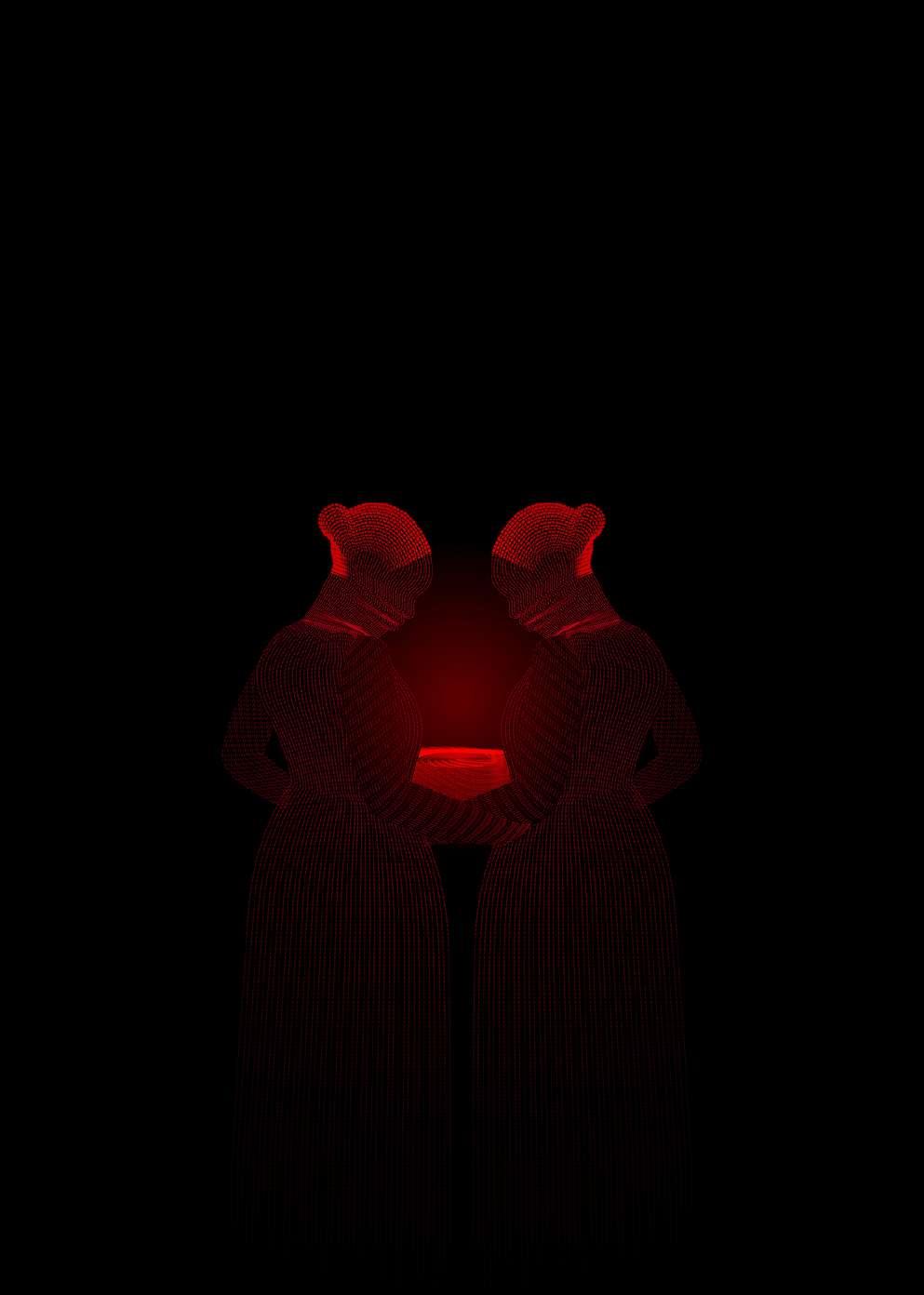 Pono
Pono
Qalo - The beginning of creation, is a series that explores pseudo realism and the recreation of self through a metaphorical ritual as an attempt to undo the effects of a digital distortion
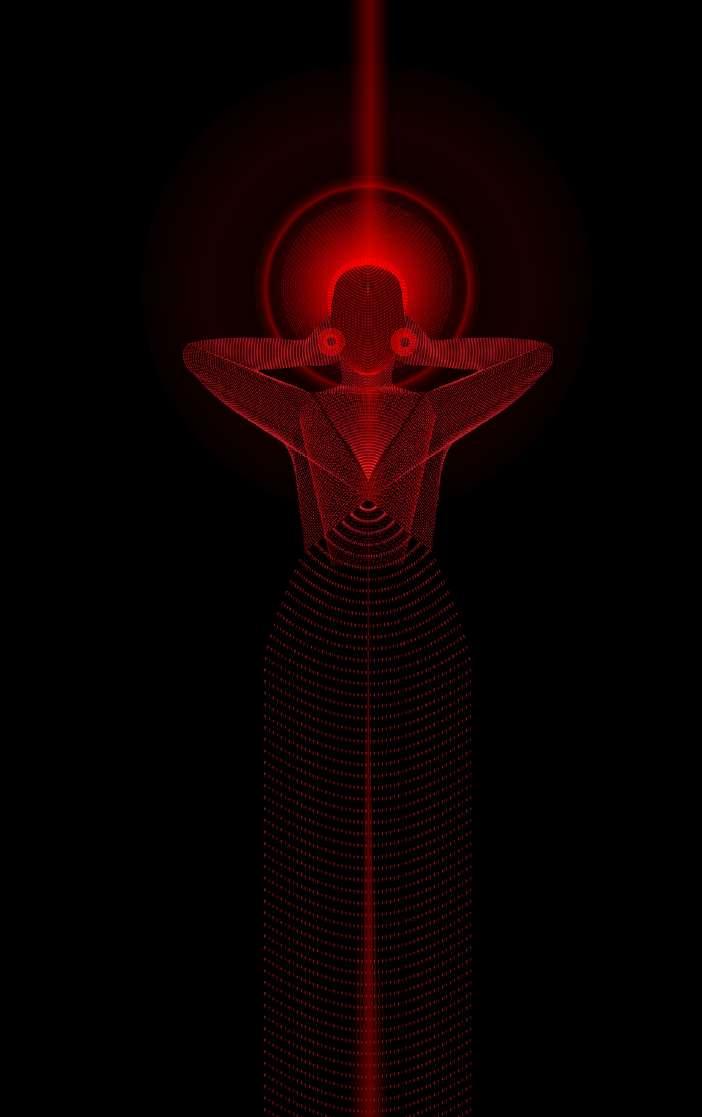 Nyolohelo
Nyolohelo
 Popo
Popo
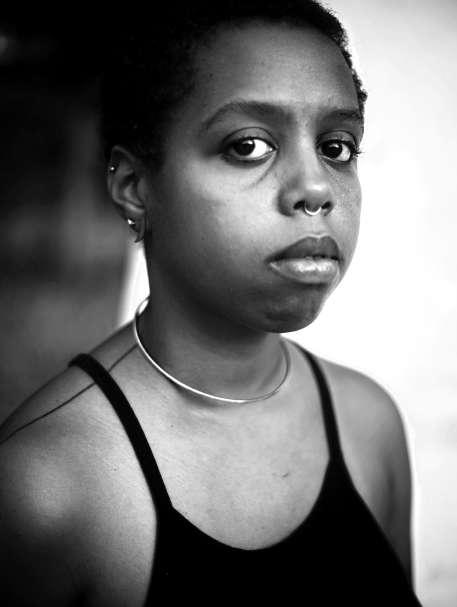
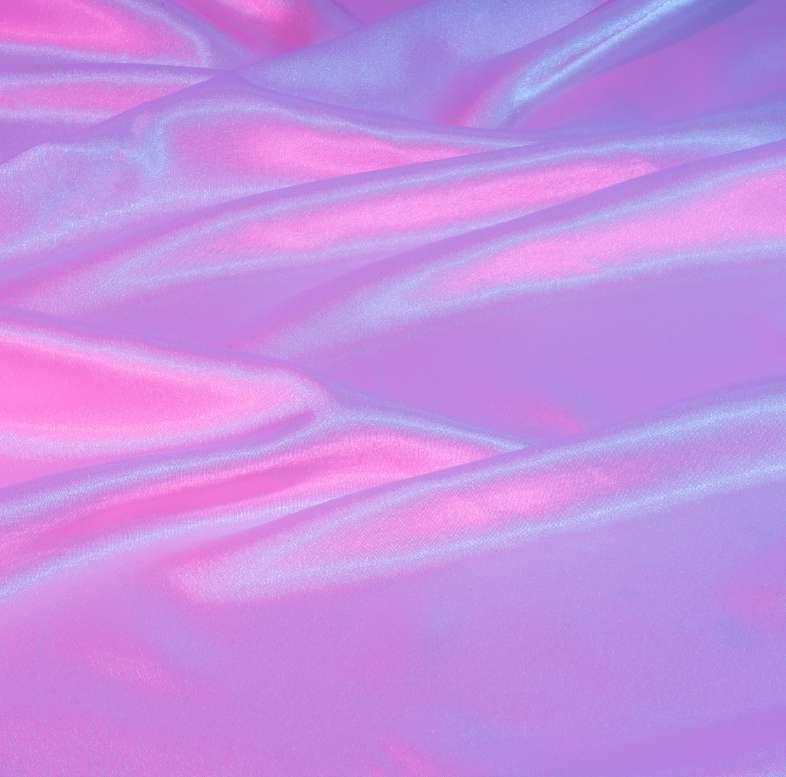

Arafa Hamadi (they/them) is a multidisciplinary visual and installation artist, working in the fields of graphic, set, digital and structural design They graduated from the University of Edinburgh in 2017, with a Masters of Arts with Honours in Architecture Currently based between Kenya and Tanzania, they work professionally as an art director for various festivals around East Africa including the Ongala Music Festival, Tanzania, and Kilifi New Year, Kenya.
During festival off-seasons, they create artwork in various mediums that address the intersections of the conceptual and the physical, as well as the ephemeral and the permanent, thematically addressing identity, the self and it’s context They do this through the production of immersive installations or, most recently, through the creation of digital environments. Arafa’s work also explores their queerness in relation to space and occupancy They have been featured in exhibitions in Mozambique, Tanzania and most recently in New York, USA for the Creative Code Festival and #DigitalArtMonth They are also part of the cohort of 2020 fellows for the ICA Fellowship (SA) as well as the 2020 fellows for the Bakanal de Afrique Festival (USA) They have just completed a Digital Arts Residency at Nafasi Art Space in Dar-esSalaam, and look forward to beginning their Pro Helvetia Residency in Switzerland in 2022 @arafa
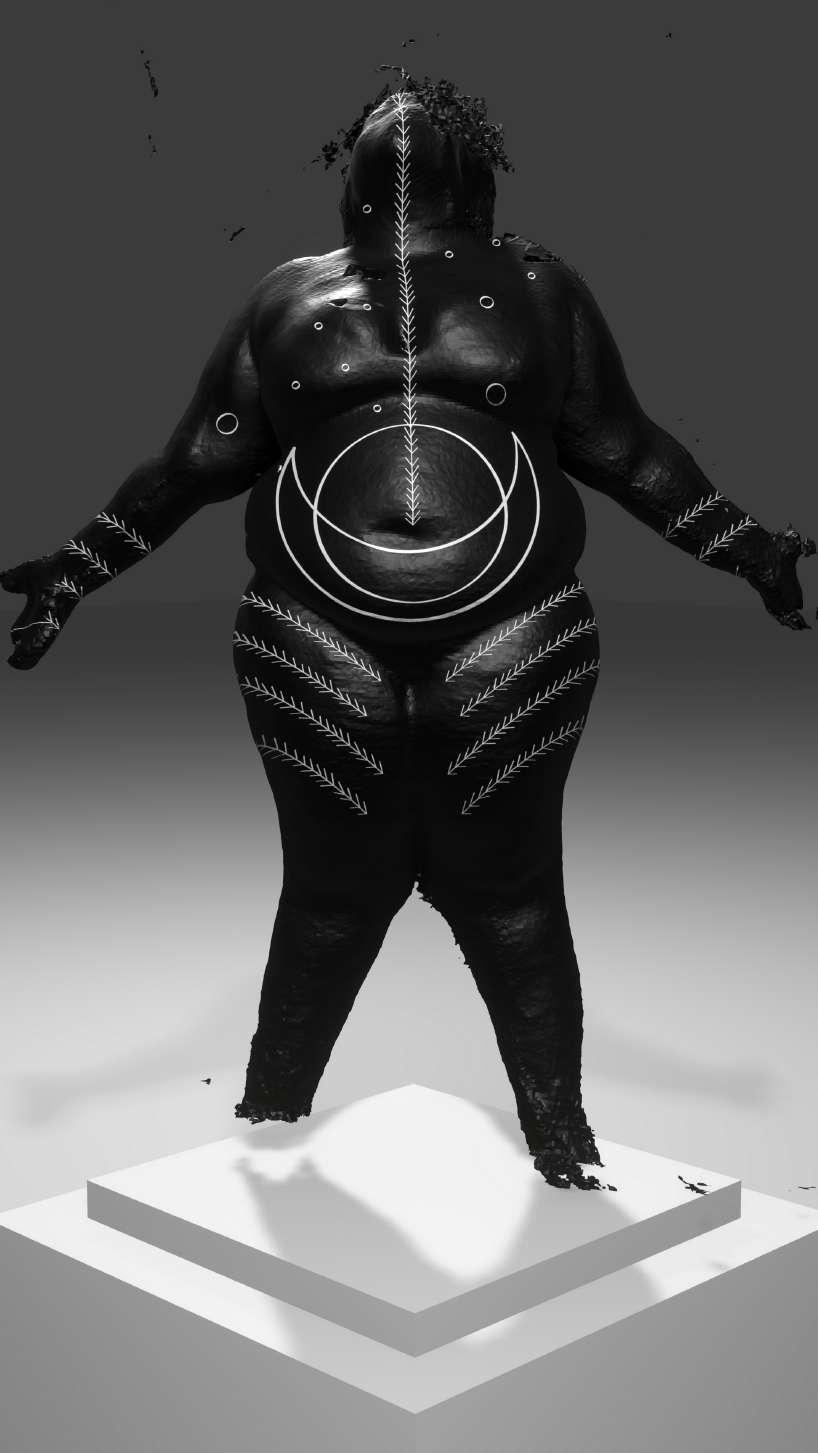

Simply put, we are proud. That is why in reclaiming our identities, we have also chosen to reclaim our bodies and the skins we wear on a daily basis. Tattooing as an art form is just one of the ways we have chosen to do this, and in choosing to acknowledge the deep history of the various pre-colonial East African tattooing practices, though deeply gendered and traumatic, we create a new skin befitting our contemporary bodies.
“kiburi” (2021-) is a multimedia body of work that explores the design and thematic characteristics of pre-colonial East African indigenous tattoo practices, combining contemporary Swahili coast-inspired symbols with aesthetic drawing techniques inspired by the Makonde and the Barabaig tribes A diverse set of 3D scanned bodies, known as “echoes” in current and past works by the artist, are used as canvases for the new designs, and are presented on pedestals reminiscent of fine-art sculptures These digital works are then presented on large fine art prints, partially painted by the artists to evoke a sense of relief – scars left behind through the invasive art of tattooing While the printed pieces are 2D, Augmented Reality is incorporated to allow the audience to experience the way the artwork wraps around the entire digital body.
“kiburi” is an on-going series of artworks
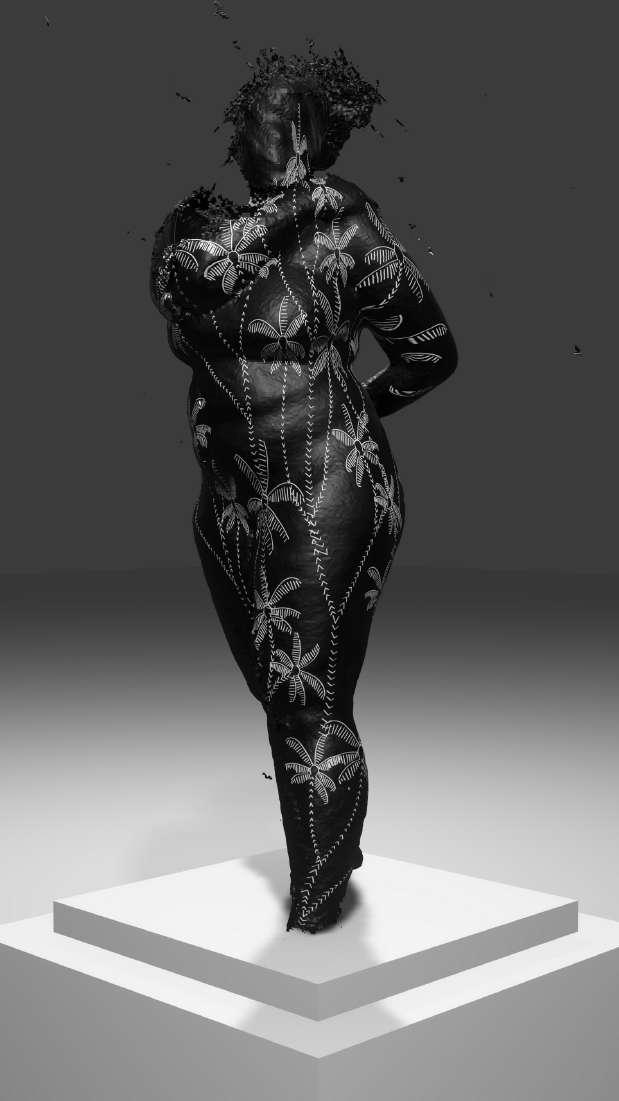

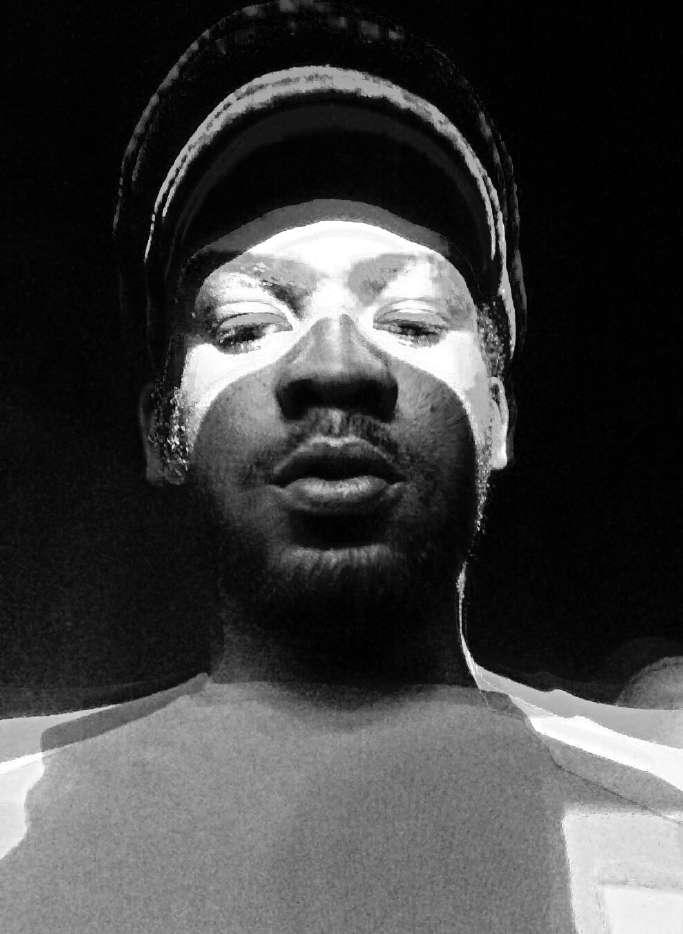
Kwasi Darko (he/him) is a Ghanaian fine arts photographer and multidisciplinary artist living and working in Accra, Ghana and on the African continent With a passion for storytelling, Kwasi has recently expanded his artistic practice to incorporate Augmented Reality This pushes his art to the next level and motivates him to seek out new ways of conveying stories, while enhancing the audience experience
His previous work discusses topics such as gender roles and blackness and its many intersections Permuting Kwasi's artistry is his perspicacious challenging of social norms and stereotypes and determination to evolve through whatever technology throws at him
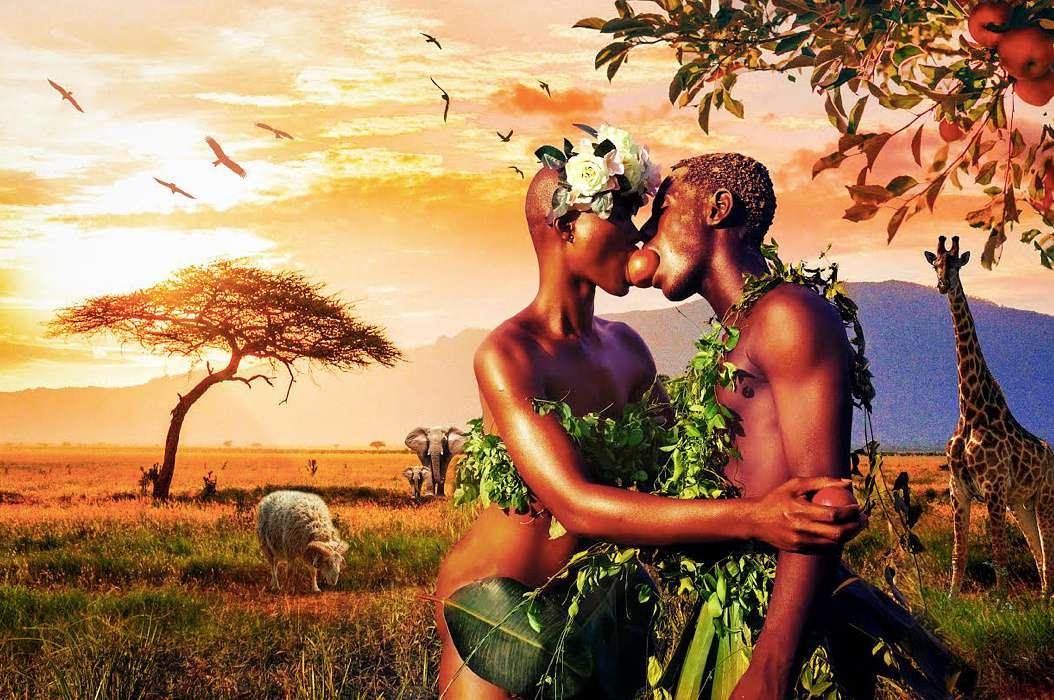
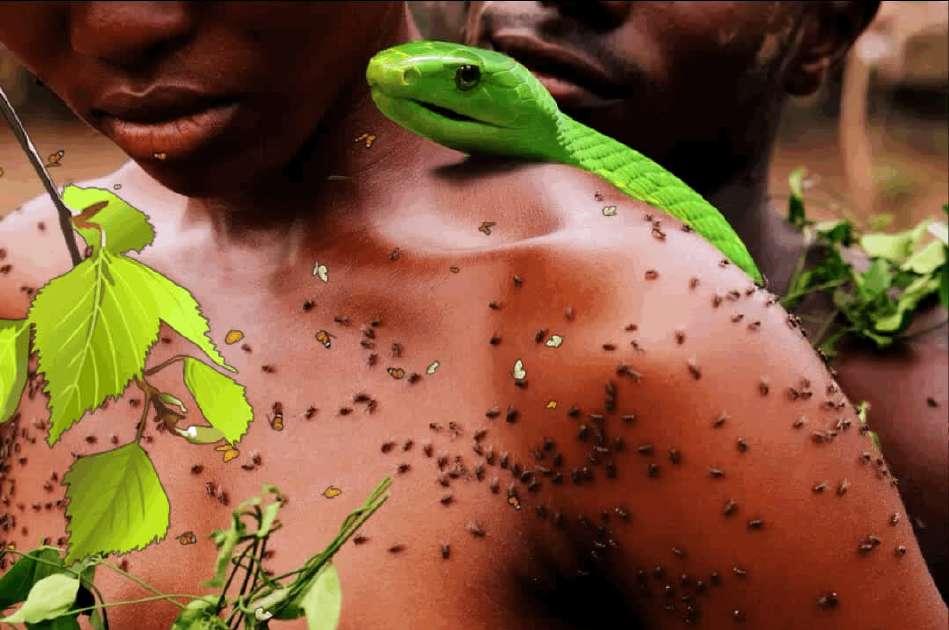
In Their Own Image is a digital film and fine arts photography work that conceptually aims to re-imagine foundational stories and references - especially from colonial texts such as the Bible - in an African context, in ways that subvert traditionalist moral or cultural assumptions or agendas and challenges certain biases these same texts introduce to black communities and our relationship with race, gender and sexuality Technically, it explores gifs and meme culture as a potent source of contemporary expression, commentary, and knowledge creation - and bringing them into artistic work in a contemporary approach



Benjamin Magory (he/him) is a 3-D digital artist and Creative Designer specializing in local content and decorative art. As a self-taught artist, Benjamin spends countless hours experimenting, learning and expanding his artistic skill set to create his own personal style which can be described as distinctly Tanzanian with an extraordinary fusion of imagination, observation, and technical precision In his current work he aims to explore nature and humanity and how the two are intertwined This is his first time participating in an artist residency as well as his first public group exhibition

I am a 3D artist based in Dar es Salaam, Tanzania e digital art using 3D modeling, texturing, and s e like cinema4d, Houdini, Marvelous Designer, and Redshift I attempt to bridge the gap by localizing the content I express and exploring decorative representations Through this process I combine storytelling and images/visuals that can speak for themselves
I want to establish a connection with my audience so they can know exactly the direction I’m going and understand my vision In my work, I strive for realism and I always try to create something as lifelike as possible I combine various aspects and processes of 3D design tools to create the model and texturing for my pieces This gives me a wide range of perspectives and potential images that can be derived from a single 3D model This medium is important to me because playful experimentation with creative digital design tools has been a major part of my life since 2017


Beyond their decorative properties, plants usually have a symbolic meaning or a symbolic growing system that connects to its own identity
Through studying of L-steam, the study of plants algorithm, I tried to transform a human figure into a tree I used the combination of a rigged human figure and posed the body like a tree, tree trunk, and tree roots that I have transformed to look like curly hair
The presence of rim lighting and the use of many computer manipulations allowed me to make this intricate design
The purpose of this series is to bring creativity, happiness, and the feeling of the beauty of art into life
Beauty of Plants #1 Beauty of Plants #3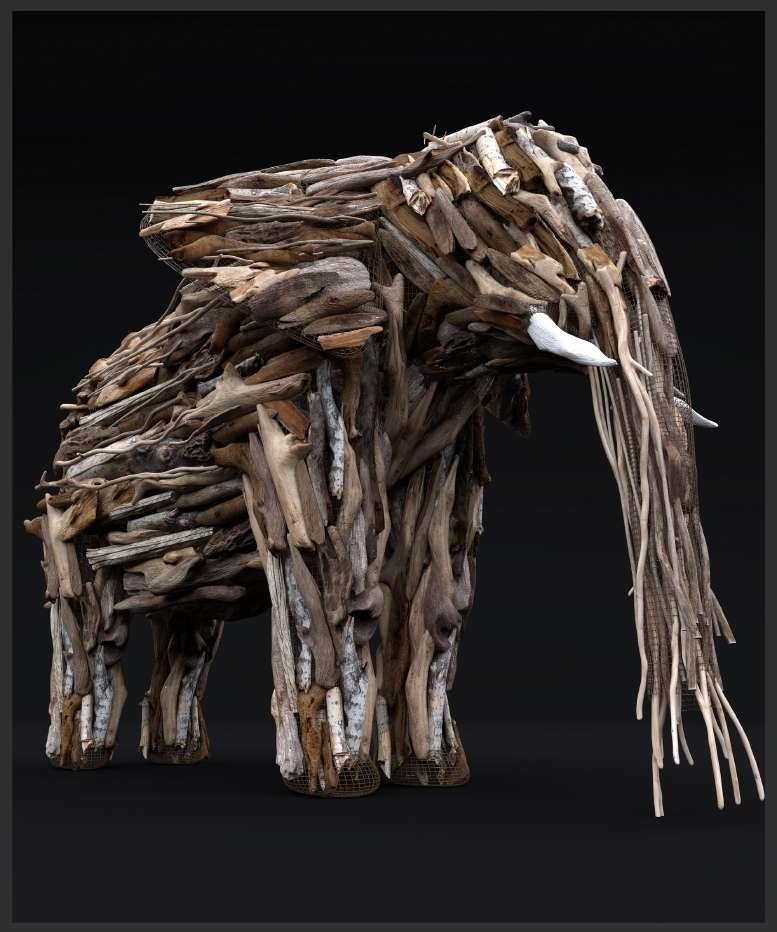
Wood sculptures are not something new for physical sculpture, but they might be something new in digital art sculpture By using various pieces of 3D wood found by a 3D scan process, I have creatively transformed them into elephant and big cat figure sculptures. I hope this week manages to bend wood to these two imaginations in a unique way These pieces talk for themselves but also the transformation stands for Tanzania’s national parks, places where we have large numbers of big cats and elephants. The general idea was to transform our local animals into digital arts

MV Bukoba was a Lake Victoria ferry that carried passengers and cargo between the ports of Bukoba and Mwanza The MV Bukoba was built in about 1979 On 21 May 1996, the MV Bukoba sank into Lake Victoria, killing as many as 1,000 people To visualize this art and for me to imagine what I was thinking, I had to find some images taken during the accident and pictures of MV Bukoba before sinking The purpose is to bring the Mv Bukoba accident into the world of living art
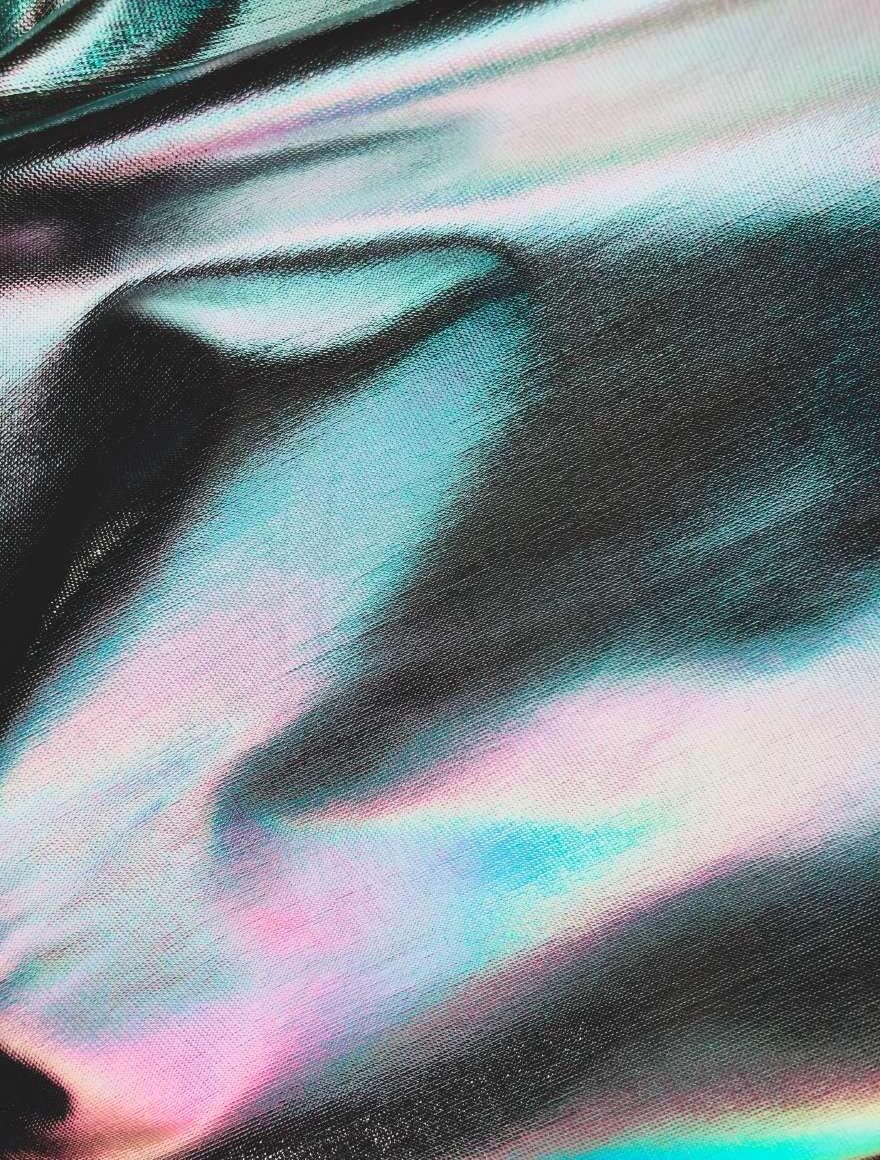
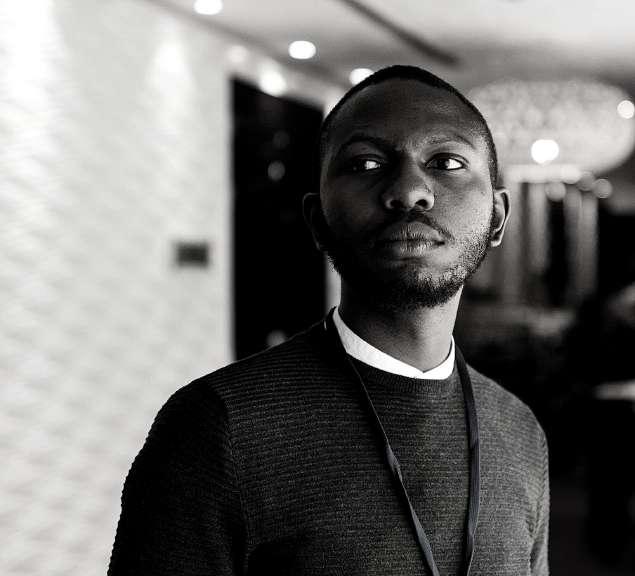
Don Handa (he/him) lives and works in Nairobi where he is currently gallery manager at Circle Art Gallery. He is interested in exhibition and publishing projects (defined broadly) geared towards building comprehensive archives of the practices of artists from East Africa. Furthermore, he is also keen to highlight the work of emerging and mid-career artists, to trace the connections between their work and that of their predecessors. He has previously worked on exhibitions including Various Small Fires (2021) and Lucid Dreams (2019), at Circle Art Gallery, Nairobi Found Footage, co-curated with Nyambura M. Waruingi and Proximity to Power, co-curated with Thom Ogonga, both at the Goethe-Institut Nairobi in 2017.
He has contributed text for several exhibitions including To Stand on a Grain of Wheat (Jess Atieno, 2019), Imagined Structures (Sidney Mang’ong’o, 2018), The Stateless (Shabu Mwangi, 2017), and 27 (NGLHRC, 2017). He has also authored a profile of Agnes Waruguru for Y!Africa magazine, and an interview with Michael Armitage in Paradise Edict (Haus der Kunst, 2020). In 2021, he was curator-in-residence at Nafasi Art Space in Dar es Salaam, where he co-facilitated a series of sessions for the first ever Nafasi curatorial academy. Together with Nyambura Mutanyi (they/them) he is the cocreator and co-host of Corpus, a podcast on contemporary art from East Africa.




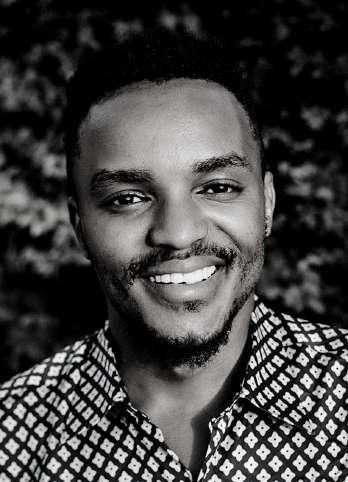
Ngaira Mandara is a painter and illustrator based in Dar es Salaam who uses digital art, animation, mobile games, and augmented reality as mediums for his unique brand of visual storytelling. As a mentor, he supported the artists in thinking about creative business and marketing strategies for their work.
@ngaira_mandara
OnaStories is a Tanzania-based storytelling house that produces Africa-first, mobilefirst, and video-first content. Ona is pioneering the field of immersive storytelling in Tanzania through virtual reality (VR), augmented reality (AR) and a range of 360 visual content.
Co-founder and Director Princely Glorious mentored the artists in audience engagement and augmented reality approaches to storytelling.
@onastories @thisisprincely
Black Terminus, the AR tool used for the D.A.R exhbition, is an AR platform for Black Art and the Cultural Archive. Black Terminus is building the world's first AR studio and Black migration agency for visually immersive tours and virtual archives that bring Black history, migration, and creativity to life. Black Terminus was founded by Damien McDuffie, a digital archivist and creative technologist from Oakland, Ca.
@blackterminusar
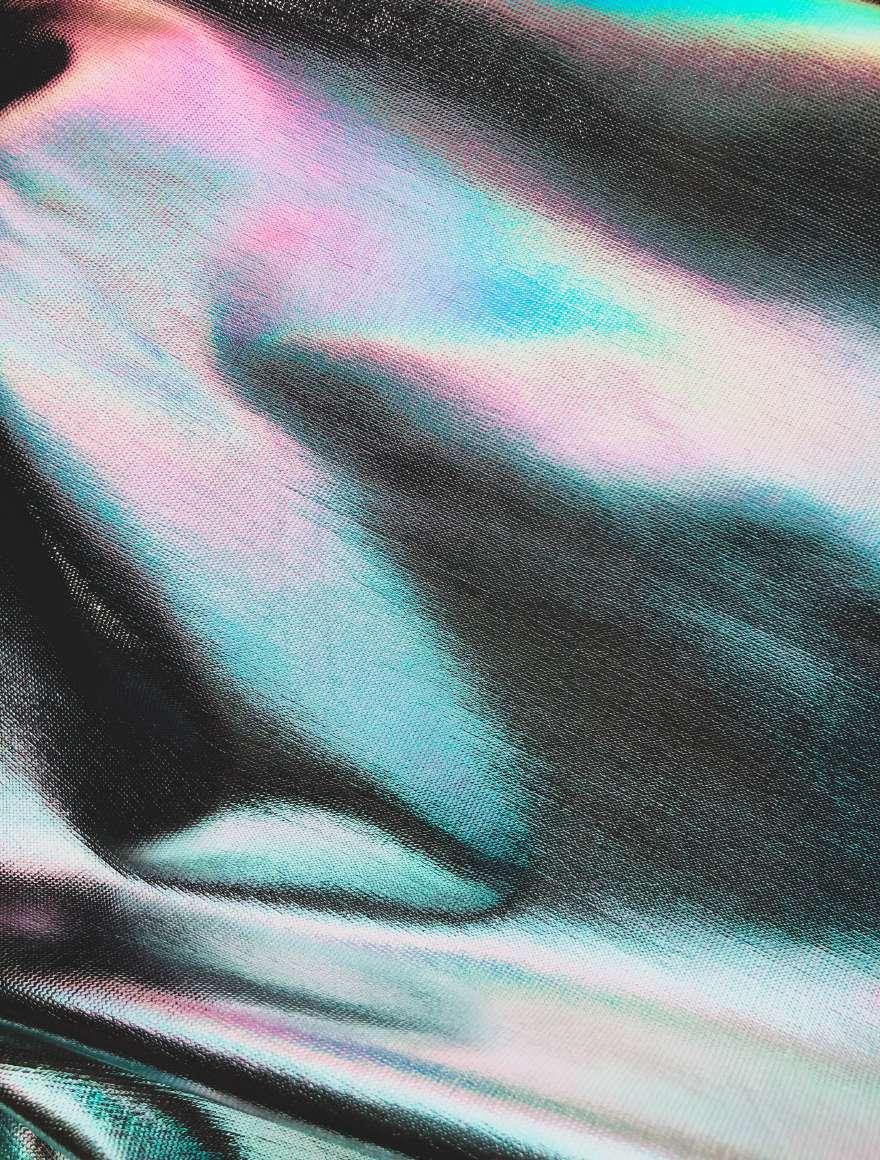
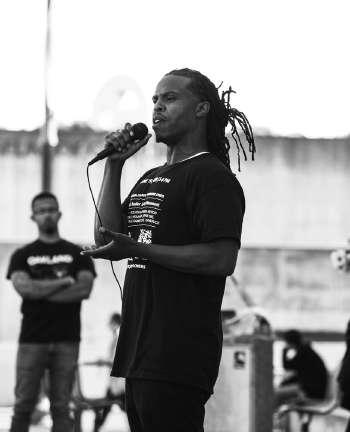

Arafa Hamadi
Benjamin Magory
Kgaugelo Rakwagale
Kwasi Darko

Don Handa
Paul Ndunguru
Ngaira Mandara
Ona Stories
Black Terminus
TEAM

DIRECTOR
Rebecca Yeong Ae Corey
VISUAL ARTS CO-MANAGERS
Firdaus Mbogho
Jesse Gerard
PROJECT COORDINATOR & DESIGN
Nils Ström
FINANCE
Peter Lukumayi
COMMUNICATIONS
Ibrahim Mkude

Martin Shayo
Sandra Mpelumbe
Temela Hassan
Rhoda Kambenga
Jackson Kessi



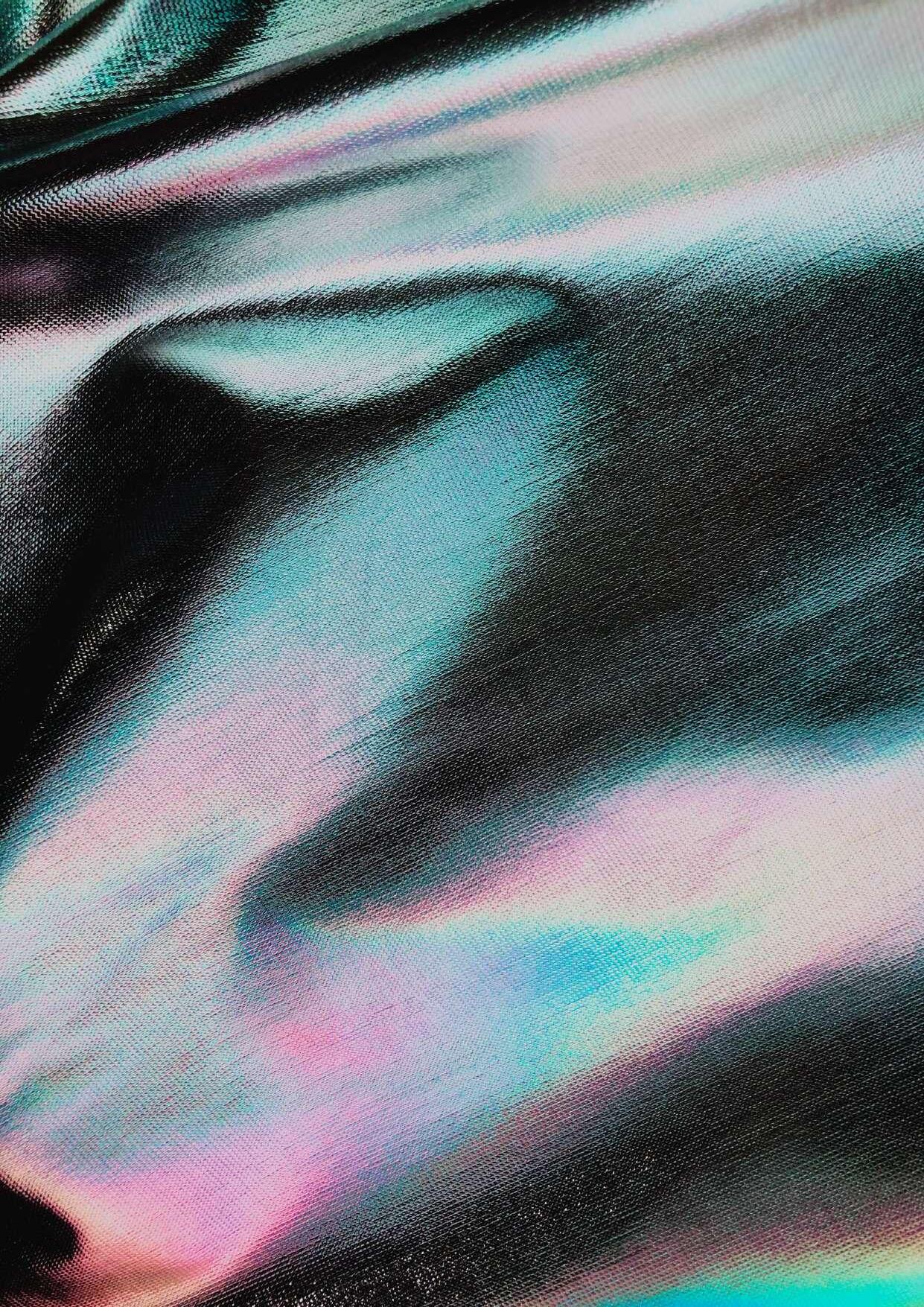
 Funded by the International Relief Fund for Organisations in Culture and Education 2021 of the German Federal Foreign Office, the Goethe-Institut and other partners goethe de/relieffund
Funded by the International Relief Fund for Organisations in Culture and Education 2021 of the German Federal Foreign Office, the Goethe-Institut and other partners goethe de/relieffund